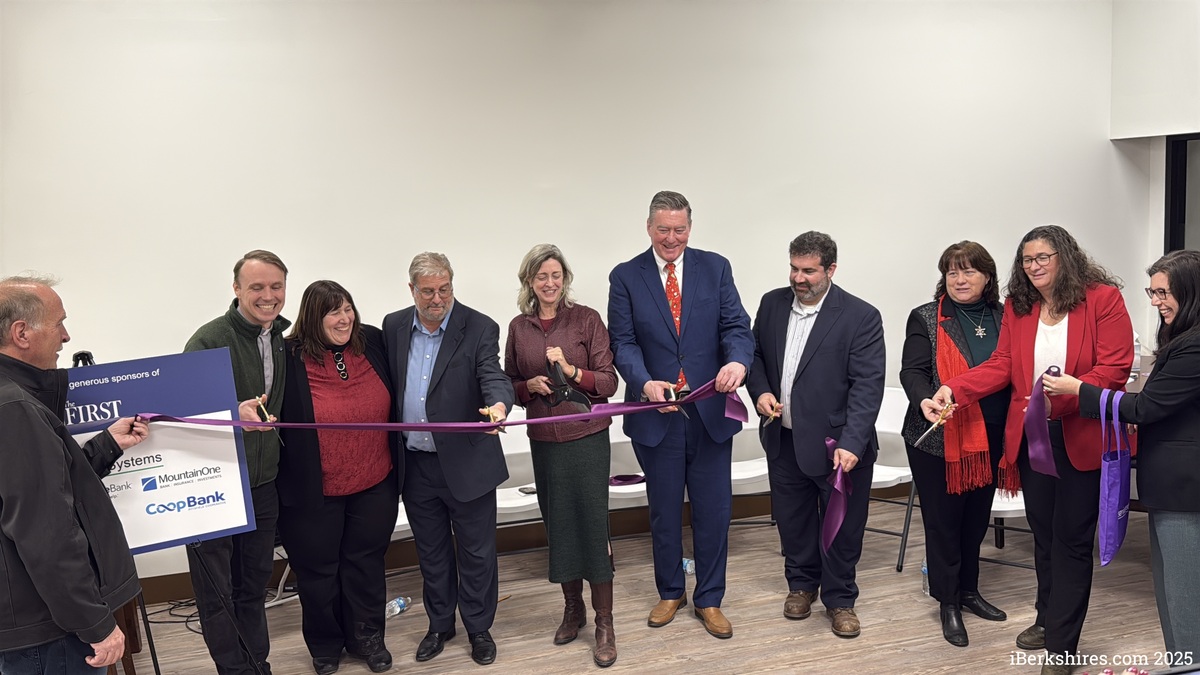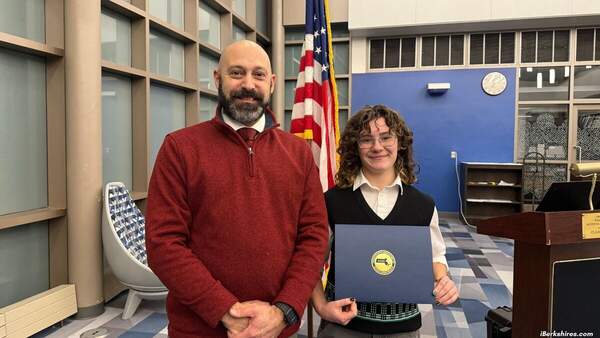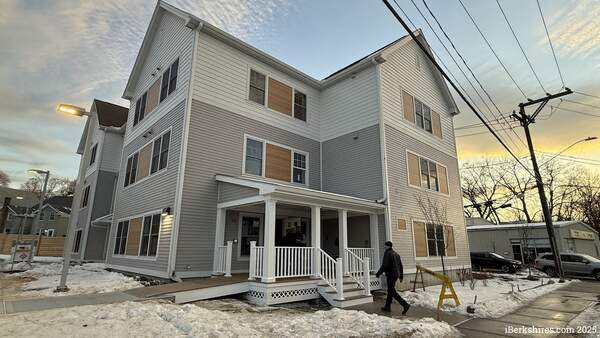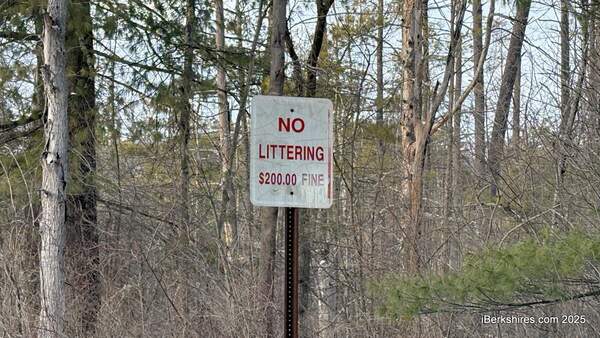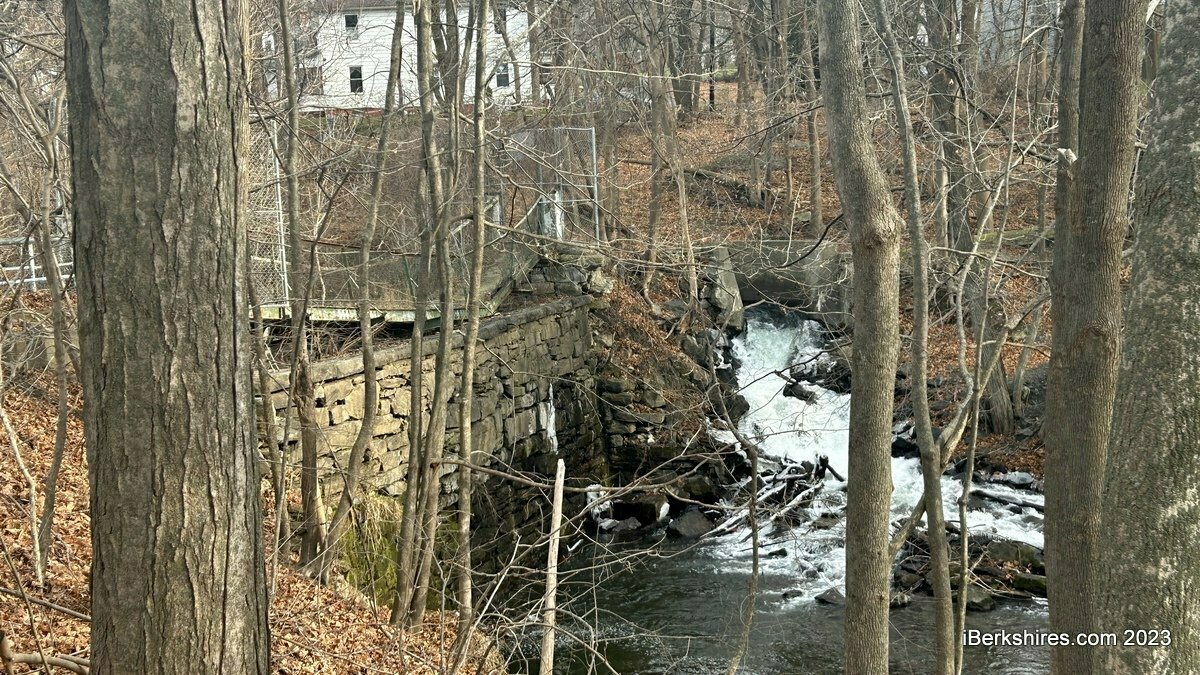
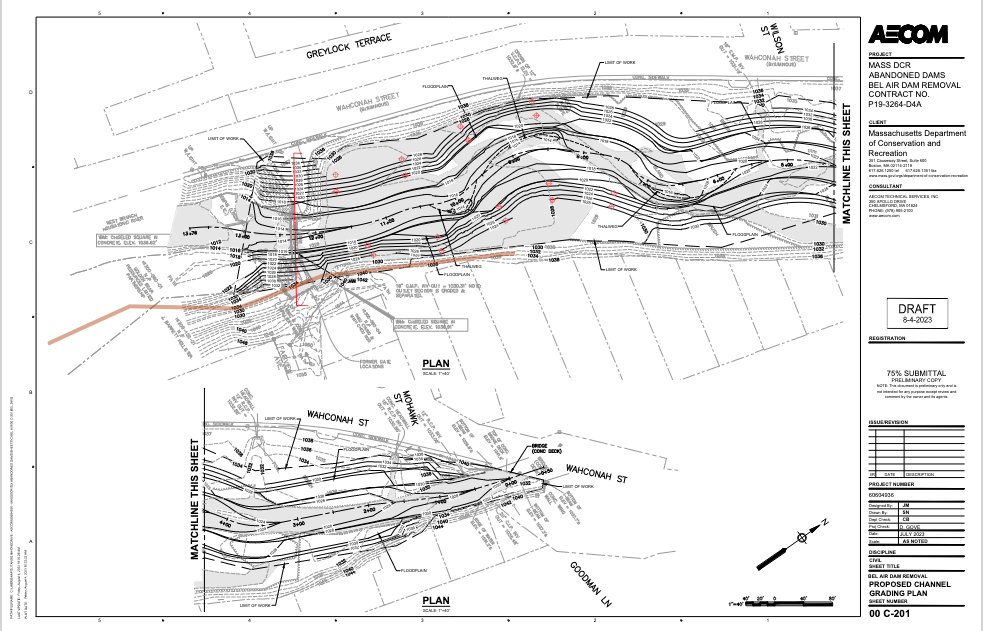
Pittsfield ConCom OKs Testing for Bel Air Dam Removal
PITTSFIELD, Mass. — Ahead of its demolition, the state will begin to test soils at the problematic Bel Air dam next week.
The Conservation Commission on Thursday approved a request from the state Department of Conservation and Recreation for sediment core sampling at the dam impoundment off Wahconah Street. These activities occur within land under waterbodies, the inland bank, bordering vegetated wetlands, and bordering land subject to flooding.
Beginning next week, geotechnical sampling and testing will be done at 18 locations for a stream bank restoration stability analysis. Similar sampling was issued a negative RDA in 2021.
This is part of a state-funded $20 million project to remove the dam after it was identified as a high priority. The sampling will further characterize the sediments at the site before dam removal and construction of a low-flow stream channel.
Geotechnical engineer Bivian Reyes explained that they are basically conducting tests to determine the strength of the soil after the dam is removed.
The Bel Air Dam is located upstream of several businesses, residences and thoroughfares, and a failure may cause loss of life and substantial damage to downstream buildings, roadways, and other infrastructure. It was originally built in 1832 and used for power generation of woolen mills until the 1920s.
"The DCR has a pilot abandoned dams program where they have identified six dams across the state, Bel Air being one of them," said Julian Flanagan, an environmental scientist.
"All of these dams are abandoned or there is no identifiable owner and the dams are significant or high hazard and pose a threat to public safety and so Mass DCR is identifying whether these dams should be repaired or removed and in the case of Bel Air dam, its removal."
The public right of way will be used and most of the sampling will be done by boat or foot if not accessible by boat. The subcontractor proposes a "geoprobe" or similar equipment mounted on the boat as well as hand-operated testing equipment.
All of the sample locations are within resource areas.
"Massachusetts wetland regulations exempt that sediment sampling in the 100-foot buffer zone but there are lands underwater, bordering lands subject to flooding, and bordering vegetated wetlands that are not exempt from that which will be in the locations where the samples are being done," Flanagan explained.
"But we do not anticipate any alteration to those regulated areas so we would not be required to file a Notice of Intent for that."
The contractor will have to cut down some trees that do not currently pass dam safety regulations and would ultimately have to be removed anyway for compliance. Aside from that, the project will not impact vegetation or include dredging, filling, or removing an area subject to the Wetlands Protection Act.
"All of the impacts will be temporary," Flanagan added.
"The sampling will not alter existing drainage or flushing characteristics, salinity distribution, sedimentation or flow patterns, flood retention areas, temperature or BOD of the water, and the water table will not be lowered."
In December, it was announced that the city will use $20 million in state American Rescue Plan Act funds to remove the deteriorating Bel Air dam.
Members of the Healey-Driscoll administration traveled to Pittsfield to celebrate the investment of $25 million in ARPA funding — most of it going to Pittsfield — to remove eight abandoned, hazardous dams in the commonwealth.
"We continue to see more and more frequent severe storms, especially here in Western Massachusetts. This year we've seen record rainfall and flooding. This is a reminder of how critical it is that we invest in addressing our dam infrastructure," Executive Office of Energy and Environmental Affairs Secretary Rebecca Tepper said.
"Governor Healey often says the climate crisis is both our greatest challenge and our greatest opportunity. Well, we have an opportunity here today with this funding to remove unnecessary and abandoned dams and make our rivers more resilient and our communities safe. Removal of these eight dams is a tremendous example of how we can increase climate resilience and mitigate the effects of climate change all while improving habitat, water quality, and biodiversity."
It has been an area of concern for over a decade, with the city and the state Department of Conservation and Recreation conducting inspections, maintenance, and repairs. In 2020, it was identified as a high-priority project.
Tags: conservation commission, dam removal, DCR,

